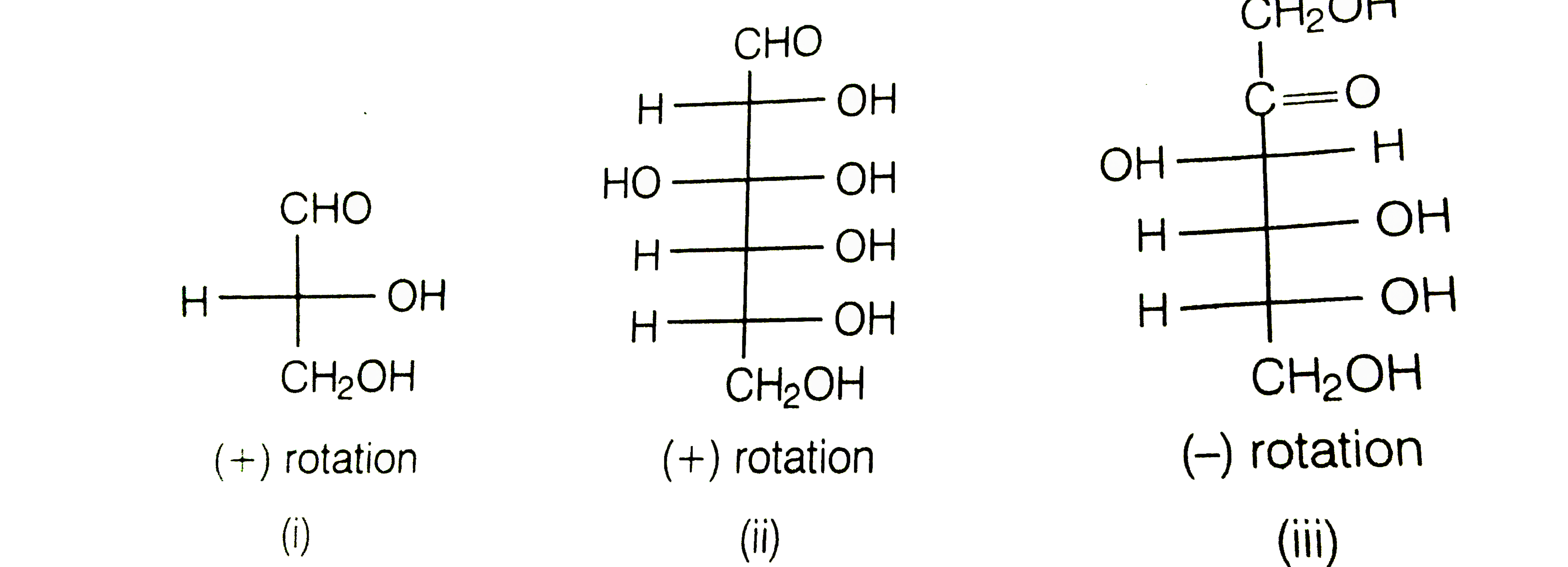The structures to two compound (I) and (II) are given below.
Which statement is correct ?
F2C=C=CF2(I) and F2C=C=C=CF2(II)
Reductive ozonolysis of both gave the same product.
Reductive ozonolysis of both gave different products.
Reductive and oxidative ozonolysis of both gave different products.
Reductive and oxidative ozonolysis of (I) gave the same product
but of (II) gave different products.
The correct Answer is:A
To determine which statement is correct regarding the compounds F2C=C=CF2 (I) and F2C=C=C=CF2 (II), we will analyze the structures and the results of reductive ozonolysis for both compounds.
Step 1: Identify the Structures
1. Compound I: F2C=C=CF2
- This compound has a double bond between the two carbon atoms with fluorine substituents.
2. Compound II: F2C=C=C=CF2
- This compound has a conjugated system with two double bonds, meaning it has a more complex structure.
Hint: Draw the structures of both compounds to visualize the differences in bonding and substituents.
Step 2: Understand Reductive Ozonolysis
Reductive ozonolysis involves the reaction of alkenes with ozone (O₃) followed by a reducing agent (like zinc in acetic acid). This process cleaves the double bonds and forms carbonyl compounds.
Hint: Recall that ozonolysis breaks double bonds and can lead to the formation of aldehydes, ketones, or carboxylic acids depending on the structure of the alkene.
Step 3: Predict the Products
1. For Compound I:
- The ozonolysis will cleave the double bond between the two carbon atoms.
- This will yield two molecules of difluoroacetaldehyde (F2C=O) and carbon dioxide (CO₂) as a byproduct.
2. For Compound II:
- The ozonolysis will cleave both double bonds.
- This will yield two molecules of difluoroacetaldehyde (F2C=O) and two molecules of carbon dioxide (CO₂) as byproducts.
Hint: Write down the expected products for each compound after ozonolysis to compare them.
Step 4: Compare the Products
- From the ozonolysis of both compounds, we find that:
- Compound I produces: 2F2C=O+CO2
- Compound II produces: 2F2C=O+2CO2
Hint: Focus on the number of carbon dioxide molecules produced as a key difference in the products.
Step 5: Conclusion
Both compounds yield the same type of carbonyl product (difluoroacetaldehyde), but the number of carbon dioxide molecules produced is different. Therefore, the correct statement regarding these compounds is that the reductive ozonolysis of both compounds gives the same product but with a different number of moles of carbon dioxide.
Final Answer: The reductive ozonolysis of both compounds yields the same product, but Compound II produces one additional mole of carbon dioxide compared to Compound I.
1. Compound I: F2C=C=CF2
- This compound has a double bond between the two carbon atoms with fluorine substituents.
2. Compound II: F2C=C=C=CF2
- This compound has a conjugated system with two double bonds, meaning it has a more complex structure.
Reductive ozonolysis involves the reaction of alkenes with ozone (O₃) followed by a reducing agent (like zinc in acetic acid). This process cleaves the double bonds and forms carbonyl compounds.
1. For Compound I:
- The ozonolysis will cleave the double bond between the two carbon atoms.
- This will yield two molecules of difluoroacetaldehyde (F2C=O) and carbon dioxide (CO₂) as a byproduct.
- The ozonolysis will cleave both double bonds.
- This will yield two molecules of difluoroacetaldehyde (F2C=O) and two molecules of carbon dioxide (CO₂) as byproducts.
- From the ozonolysis of both compounds, we find that:
- Compound I produces: 2F2C=O+CO2
- Compound II produces: 2F2C=O+2CO2
Both compounds yield the same type of carbonyl product (difluoroacetaldehyde), but the number of carbon dioxide molecules produced is different. Therefore, the correct statement regarding these compounds is that the reductive ozonolysis of both compounds gives the same product but with a different number of moles of carbon dioxide.
Topper's Solved these Questions
- ALKENES AND ALKADIENESBOOK - CENGAGE CHEMISTRY ENGLISHCHAPTER - ALKENES AND ALKADIENESEXERCISE - Multiple Correct Answer Type
41 Videos
- ALKENES AND ALKADIENESBOOK - CENGAGE CHEMISTRY ENGLISHCHAPTER - ALKENES AND ALKADIENESEXERCISE - Single Correct Answer Type
62 Videos
- ALKENES AND ALKADIENESBOOK - CENGAGE CHEMISTRY ENGLISHCHAPTER - ALKENES AND ALKADIENESEXERCISE - EXERCISES
29 Videos
- ALKANES AND CYCLOALKANESBOOK - CENGAGE CHEMISTRY ENGLISHCHAPTER - ALKANES AND CYCLOALKANESEXERCISE - Archives
13 Videos
- ALKYNESBOOK - CENGAGE CHEMISTRY ENGLISHCHAPTER - ALKYNESEXERCISE - Exercises (Archives - Analytical and Desriptive Type)
4 Videos
Similar Questions
Knowledge Check
F2C=CF2 is a monomer of
AteflonBglyptalCnylon-6Dbuna-SAcylium cation has two resonating structures (I) and (II),
R−⊕C=..O:I→R−C≡⊕O:II
Which statement is correct for (I) and (II)?A(I) is more stable than (II)BStability of (II) is more than (I)CBoth have same stabilityDNone of theseThe given structures (I) and (II) represent configuration of the simplest sugar glyceraldehyde . Which of the following statements is not correct for the structures ?
H−CHO∣C∣CH2OH−OH(I) HO−CHO∣C∣CH2OH−H(II)A(I) represents D-form while (II) represents L-form of glyceraldehyde .BThe sugars having same configuration as D-glyceraldehyde are designated as D-sugars.CNatural glucose and fructose are D-Sugars.DD is dextrorotatory while L is laevorotatory enantiomer.
Indicate the σ&π bonds in
(i) CH2Cl2
(ii) CH3−C≡C−CH3
View SolutionOptical rotations of some compounds alongwith their structures are given below which of them have D configuration.

(a)I,II,III
(b)II,III
(c)I,II
(d)III
View SolutionGiven the correct order of initials T or F for following statements. Use T if statements is true and F it it is false:
(I)(CH3)2P(CF3)3 is non-palar and (CH3)3P(CF3)2 is polar molecule
(II)CH3ˆPCH3 bond angle are equal in (CH3)3P(CF3)2 molecule
(III) PF3 will be more soluble in polar solvent than SiF4
View SolutionWhich statements in each of the following paris would you except to have the higher standard molar entropy?
(I) C2H2(g) or C2H6(g), (II) CO2(g) or CO(g), (III) I2(s) or I2 (g)
The correct choice is:
View SolutionComment on the C-C bond length for C2H6 and C2F6 compounds
View Solution
